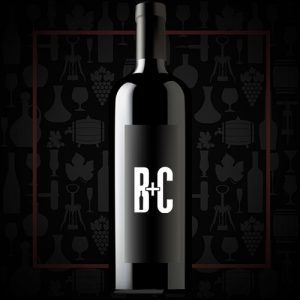Cellar Profile
The Sire family have been grape growers in Roussillon since 1906, as long standing members of the local cooperative. But it wasn’t until 1989 that they decided to vinify and bottle their prized fruit under the name,Domaine des Schistes. As the name suggests, their 50 hectares of vines are planted in predominantly schistous soils around the villages of Estagel and Tautavel. This unique soil-type is found in pockets throughout the region and provides the ideally poor, rocky foundation for quality viticulture in this corner of France. The winery is now under the stewardship of young, energetic Mickaël Sire, a part of France’s next generation of vignerons obsessed with quality and sustainability. Like many young winemakers, Mickaël travelled and worked extensively abroad before returning home to Roussillon to take over the family estate. He farms organically and adheres to the principles of low- intervention winemaking: native yeast ferments; minimal oak; no fining or filtering. These wines are loaded with Roussillon character.
Region
Roussillon is all too often lumped together with its eastern neighbour, Languedoc. And while the two regions do share similarities—namely warm temperatures and common grapes—there are significant and important differentiators as well. From a cultural standpoint, Roussillon is more Catalan than French, located just over the Pyrenees mountains where the Mediterranean coast runs north before veering east. The climate here is harsh and severe, with extreme heat, minimal rain and a constant, fierce wind, known locally as the Tramontane. The soils are incredibly poor, with barely a trace of earth on top of a hard shale, schist and limestone base. All of these factors combine to naturally create incredibly low yields and, as a result, intense, characterful wines. Low yields and small estates also mean higher production costs. On average, the wines of Roussillon are more expensive than those from Languedoc. They are also a little more demanding for the drinker in terms of profile and style. They are most definitely wines that show best with food; and they usually reward patience, be it via decanter or time in the cellar. But they are some of the most expressive, complex and terroir-driven wines you will find.
Vineyard
Grapes are machine-harvested from vines planted in shaly marl on south-facing slopes surrounding the town of Tautavel.
Varieties
A blend of Grenache, Syrah and Lladoner Pelut. Though the first two are fairly ubiquitous in the wine world, the latter is certainly not. It is closely related to Grenache and provides a similar profile in the glass: dark fruits, a soft texture and moderate acidity.
Winemaking
Fermented in concrete via indigenous yeasts for a period of 10 days. Daily manual punch-downs. Malolactic conversion. Aged for a further 6 months in concrete.
Tasting Notes
A unique blend sourced from vineyards on the border of the Corbières region. Grapes ripen early here, so pick-date is ‘essencial’. This is full and fleshy with loads of dark fruit framed by subtle earthy, garrigue notes and streaky minerality. A wonderful ‘House Red’ that will keep you warm and content through winter’s cold months.

 info@buyersandcellars.ca
www.buyersandcellars.ca
info@buyersandcellars.ca
www.buyersandcellars.ca